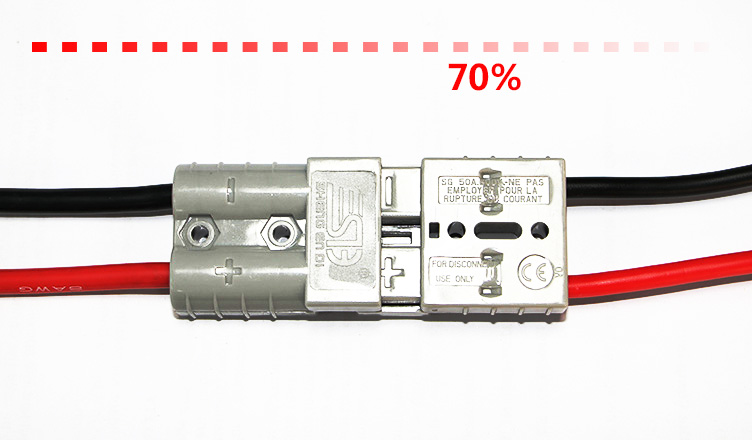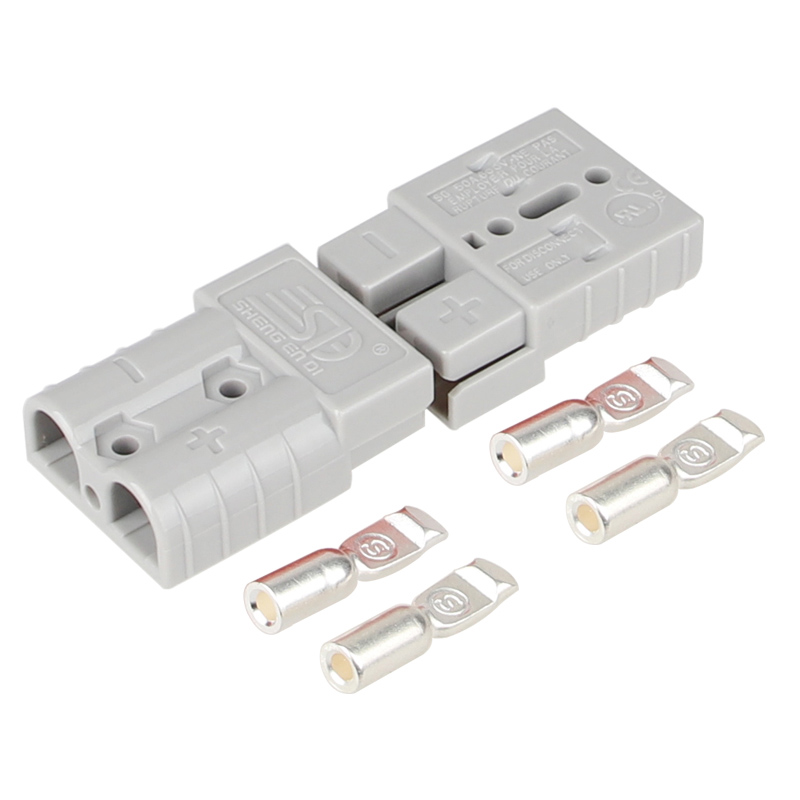As the demand for flawless performance of electronic products continues to grow, the lifespan of connectors stands out as a paramount indicator of their reliability. In the realm of design, extending the lifespan of connectors has become a guiding principle. Simultaneously, as market competition intensifies, the pursuit of cost-effective materials within non-expensive alloys becomes a top priority for engineers aiming to reduce connector expenses. In many instances, these combined trends push the operational characteristics of copper alloy connectors closer to their performance limits.

The initial contact force represents a vital factor in both connector design and material attributes. Elastic deformation in contact elements can transform into plastic deformation, leading to a reduction in contact force due to stress release. If contact force falls below a critical level, functional failure of the contact elements might occur. Predicting stress release, which is a function of time and temperature, becomes a key factor in ensuring connector reliability. The following detailed explanation by SED delves into stress release testing and its role in predicting connector lifespan.
Stress release data serves as an effective tool for designers to forecast the lifespan of power connectors, enabling informed decisions regarding the choice of contact materials based on existing data. These data have already found widespread SEDlications in the computer, communication, and automotive electronics industries. Currently, however, lifecycle data for products remains notably lacking, particularly in the computer sector. Moreover, it represents a more valuable dataset for shortening product development cycles and lifespans.
Most connector designers utilize stress release data primarily to narrow down the selection of contact materials based on SEDlication requirements. Nonetheless, many designers are seeking SEDropriate testing methods to more accurately predict connector lifespan characteristics. This SEDroach significantly reduces the number of samples required for testing and the associated costs.
At present, automotive connectors within harsh environments and under engine hoods mostly adhere to Level 3 or Level 1 design specifications. The anticipated working temperature for the next generation of automotive connectors is expected to increase. However, it seems that the majority of non-automotive connectors do not need to maintain stability under these conditions. Nevertheless, high-density connectors necessitate lower initial mating forces, subsequently reducing stress release. This highlights the importance of stress release, even at lower temperatures.

Determining the SEDropriate standardized testing time for test data specific to a particular SEDlication can be challenging. For automotive electronic products, data evaluation can typically be conducted within the range of 1000 to 3000 hours at the desired operating temperature. Signs suggest that there's an increasing focus on data characteristics beyond 3000 hours, in the range of 3000 to 5000 hours (equivalent to a lifespan of 150,000 miles). Extrapolation of test data (without considering changes in slope) might lead to overestimation of the contact lifespan, with the overestimation becoming more significant over time. The semi-logarithmic representation of data at a specific temperature is currently the most widely used and urgently needed SEDroach. This method offers a straightforward way to compare various materials for a specific SEDlication. However, it should be emphasized that extrapolated data needs careful scrutiny, with attention paid to the possibility of overestimating the ultimate lifespan.
 Guangdong SED Co., Ltd.
Guangdong SED Co., Ltd.
 +86 13763213143
+86 13763213143
 info@dmictech.com
info@dmictech.com


